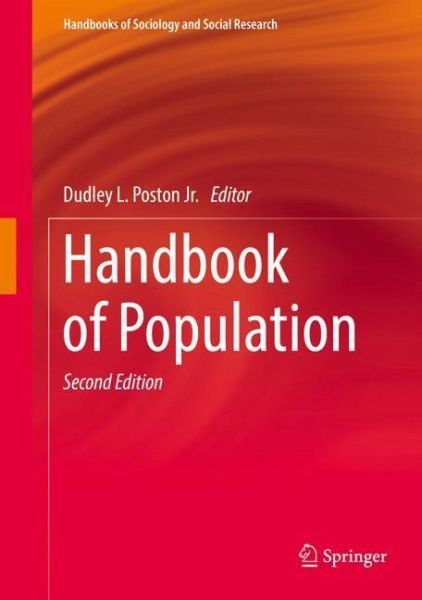
Handbook of Population

PAYBACK Punkte
88 °P sammeln!
The 2nd edition of the Handbook of Population covers the major topics of the discipline of demography, including current substantive, methodological and theoretical issues of interest, as well as new and emerging topics in the field. In addition to revised, updated and extended chapters that were included in the 1st edition, this 2nd edition of the Handbook brings to the forefront entirely new chapters covering such major themes as children, adoption, sexuality, inequality, population psychology, rural demography, and obesity. Chapters in this Handbook will expand our knowledge of the field, a...
The 2nd edition of the Handbook of Population covers the major topics of the discipline of demography, including current substantive, methodological and theoretical issues of interest, as well as new and emerging topics in the field. In addition to revised, updated and extended chapters that were included in the 1st edition, this 2nd edition of the Handbook brings to the forefront entirely new chapters covering such major themes as children, adoption, sexuality, inequality, population psychology, rural demography, and obesity. Chapters in this Handbook will expand our knowledge of the field, and will raise awareness of the causes and the consequences of demographic behavior and events in societies throughout the world. This 2nd edition will also serve as a reference in the field of population studies for years to come. It will generate new questions and research ideas and will positively impact the growth, development, and expansion of demography.














